No one alive has experienced a major war on American soil.
No one.
We adults can relate to 9/11, which still seems fresh, but that simply doesn’t compare to a massive ground invasion, where the tanks roll in and start killing people.
Even 9/11, which is the emotional touchstone of so many Americans today, seems like a token holiday to today’s youth.
I know, because I asked.
My students are all 15-18 years old, so not one of them was a sentient being during that horrible day. A few of them said their parents told them about September 11th, but for others, they didn’t even have that.
The consensus was that 9/11, for today’s kids, was akin to D-Day or Veteran’s Day for older generations. (Something that might get you the day off from school, but probably not.) They compared it to the way I might consider Pearl Harbor, which happened more than 30 years before I was born.
In other words, there are exactly NO people born and raised in this country who know what it feels like to be Syrian right now. Or a Congolese. Or even a Northern Mexican, as their Drug War has claimed countless victims right across the border from Trump’s proposed wall. (Maybe Fox News should run a story about El Chapo’s tunnels, JIC our gangsta President has forgotten?)
It’s all a game here in the US, (according to Michael Lewis writing for Vanity Fair,) because none of us is truly familiar with the stakes.
Massive World Wars that kill millions and millions of people, and devastate large parts of continents, are simply too removed from our collective experience.
Worse yet, the ghostly ramifications of the last time people killed each other here, en masse, are still being felt, as the Red State/Blue State divide tracks so-effing-closely with the boundaries of the Union and the Confederacy.
Honestly, I didn’t set out to write another dispiriting column. I know this space used to funny on a regular basis, and perhaps it will again some day. Lord knows I tried to crack 100 jokes at Trump’s expense, but it got us exactly nowhere.
These articles are now beholden to the books that turn up in the mail, and I respond to what I see, so if you guys start shipping in light-hearted, absurdist photo books, I’ll do my best to soften the mood.
Today, though, I want to show you a truly remarkable publication that came in during the Fall, in a batch of books I was sent by the University of Chicago Press. (BTW, if you Chicago-types have seen Obama around, can you please tell him there are 8 billion people out there who could really use his help?)
The book is called “The First World War: Unseen Glass Plate Photographs of the Western Front,” by Carl De Keyzer and David Van Reybrouck, in conjunction with an exhibition that happened in Bruges, Belgium, in 2014-15. It features a trove of previously unseen glass plate images from WWI, that have been digitized and cleaned up, which accounts for the killer contrasts and unscratched surfaces.
The sharpness is a result of the glass plates themselves, sharper than any print, and the color images were apparently made using potato starch, instead of collodion liquid.
I’ve always said I’m most excited when I see something I’ve never seen before, and that certainly happens here. The photographs, which were made by different photographers in Belgium and France, are mind-blowing in the best/worst possible way.
Children playing war games. Masked munitions workers, stuffing bombs for the next slate of killing. Razed villages. Bloated corpses in the mud.
We see an armless man selling souvenir postcards in front of the wreckage of the former tourist-spot. Or a soldier, alone, making a painting of the ruins that stand before him.
There are insanely-crisp photographs of Belgian architecture, taken by occupying German photographers, to preserve what was about to be annihilated. If you don’t see the antecedents of the now-famous, dry, Bernd-and-Hilla-Becher style, you’re simply not looking. (Or you might be my Dad, who doesn’t know about photo history, but reads each week because, you know, he’s my Dad.)
Most shocking of all, if you still have any breath left to exhale, are the set of portraits of young, dead, Belgian soldiers, made just after the war’s inception. They were used, we’re told, to identify the bodies of the young men, who all came from the same village, and died on the second day of WWI.
Big ups to the production team at the U of C Press, because these reproductions are about as good as I’ve seen, printing-quality-wise. They jump off the page and spit in your face, daring you to look away.
The sad truth of my job, which has been bothering me lately, is that no matter what I say, no matter how compelling the material I present here, it will never engage with any of Trump’s army.
That’s where were are in 2017. No amount of information, unless it comes from his mouth directly, can invade the pre-frontal cortex of a true believer.
Not even these pictures, which are definitive proof of what can happen, when things go really wrong.
So why do it?
Well, just yesterday, I went to see the new shows at the Harwood Museum of Art, here in Taos. They hired a new Director last year, and he’s doing great work, so there was much on the wall that moved me. 19th Century Spanish retablos, minimalist Agnes Martin grid prints, and some ink drawings, by novelist John Nichols, of Day-of-the-Dead style skeletons that were so good I smiled.
The first thing I did, when I left the museum, was to walk across the street to the art supply store and buy some good paper, a brush, and some Japanese ink, because all of a sudden, I felt compelled to do something beyond photography.
Inspiration is worth its weight in gold.
So I might not be able to imprint upon the minds of a certain type of American, but I don’t write for them. I write for you guys, the creators and difference makers, and if anything you see today inspires you to fight harder, or enjoy a few minutes of respite from the otherwise dire stories out there, that’s good enough for me.
Bottom Line: Fascinating, scintillating, never-before-seen pictures of WWI.
Click here to purchase “The First World War: Unseen Glass Plate Photographs of the Western Front,”
If you’d like to submit a book for review, please email me directly at jonathanblaustein@gmail.com
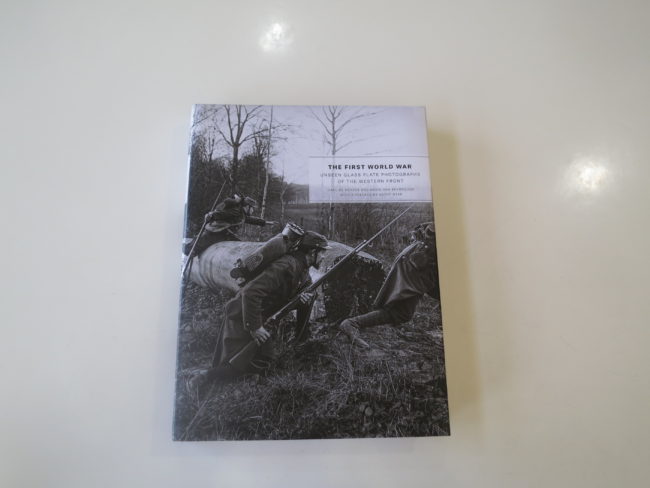
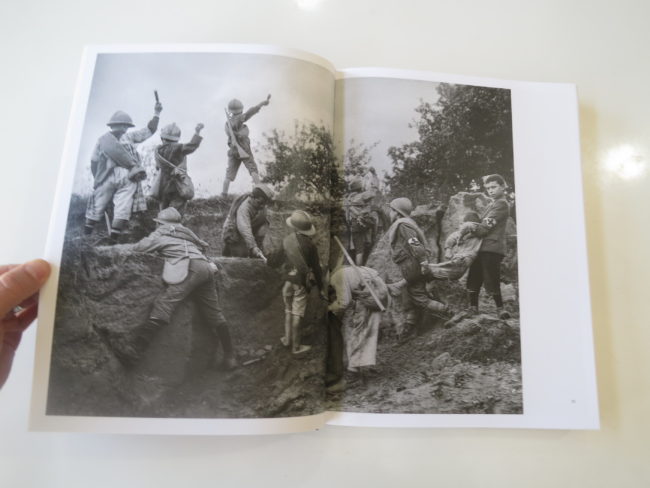
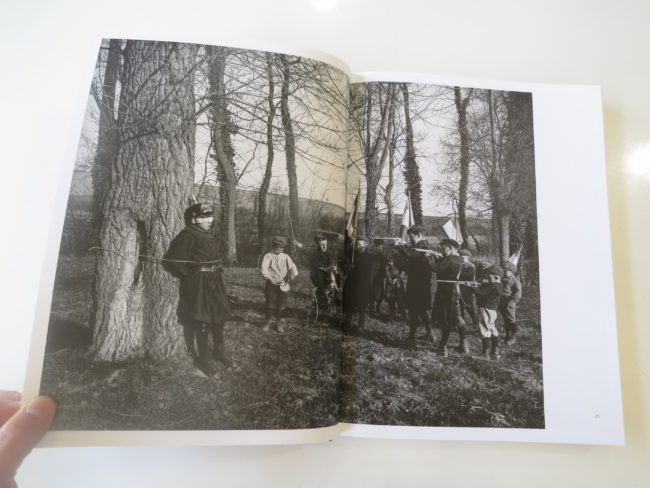

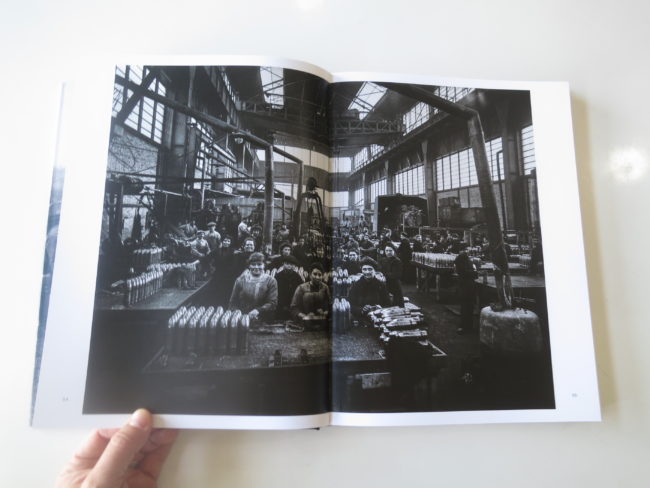


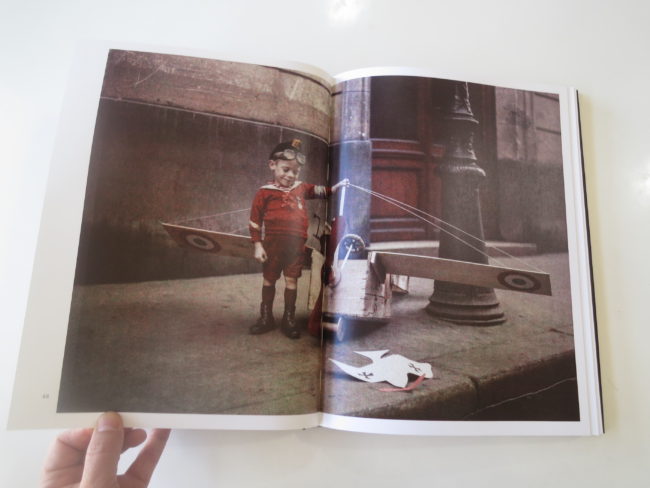
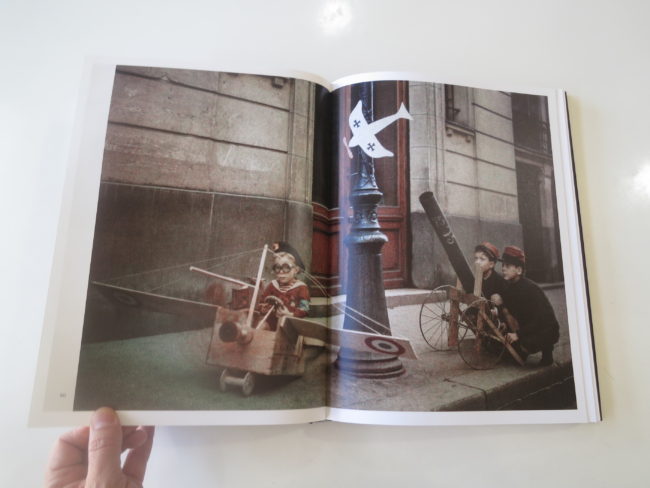
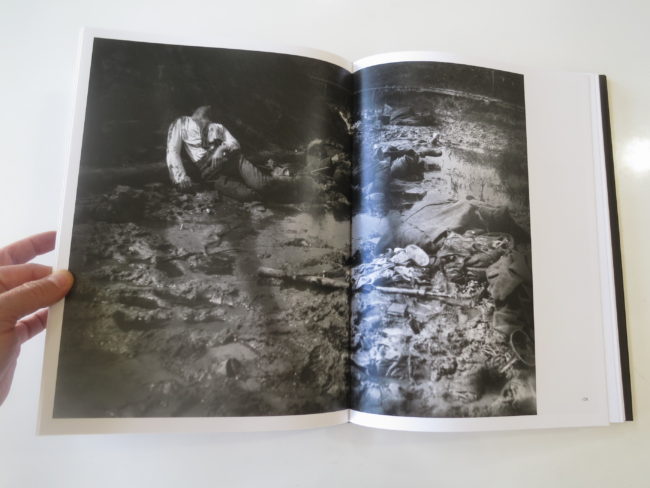
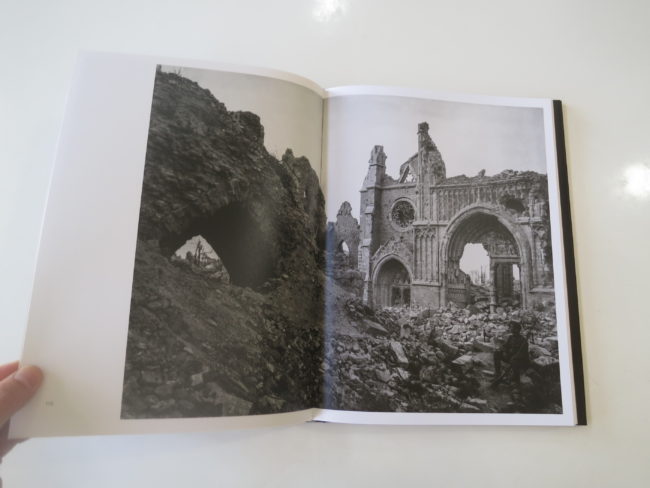
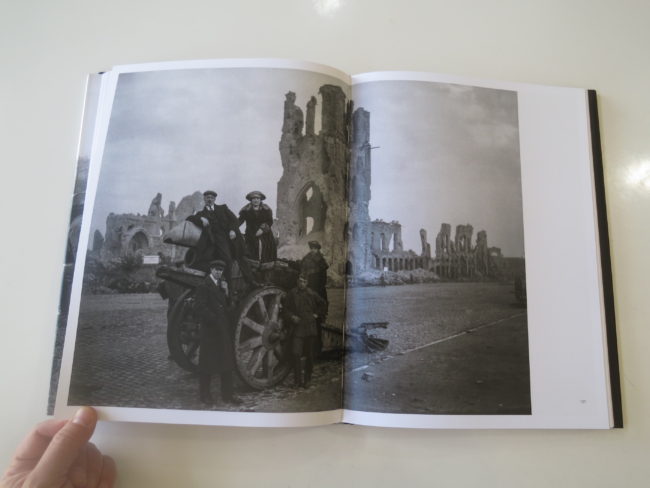

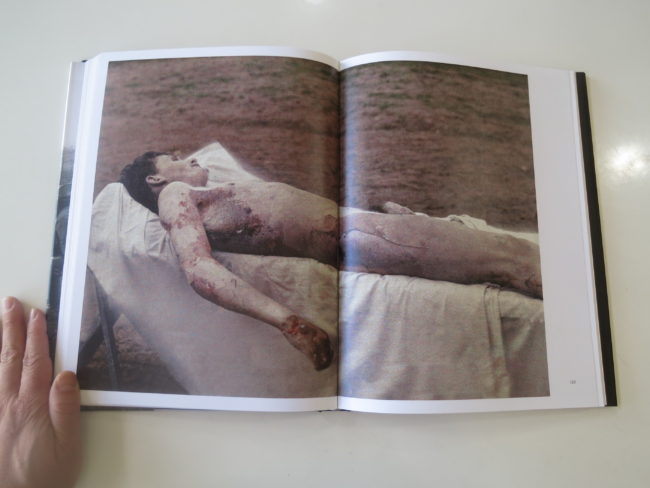

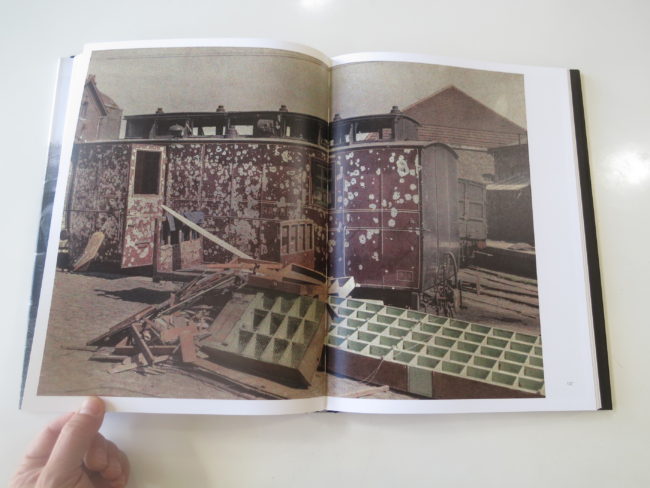

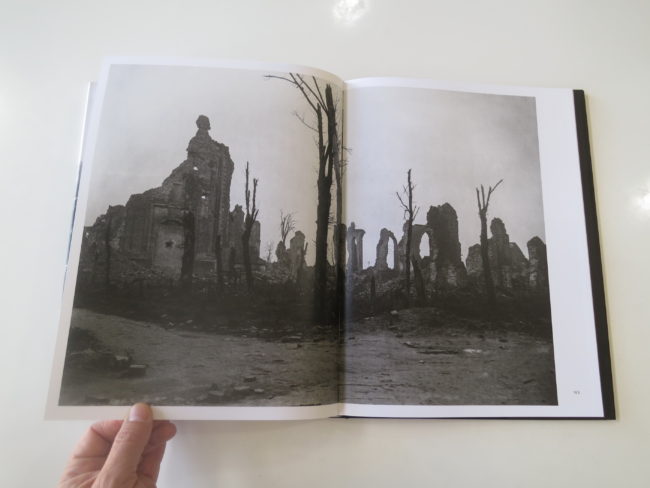

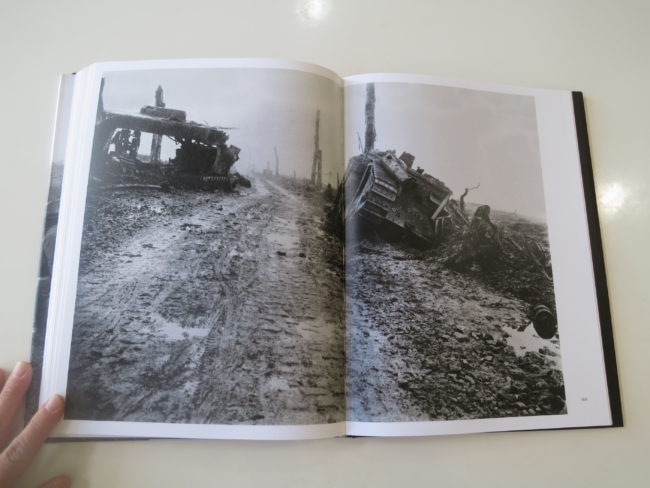

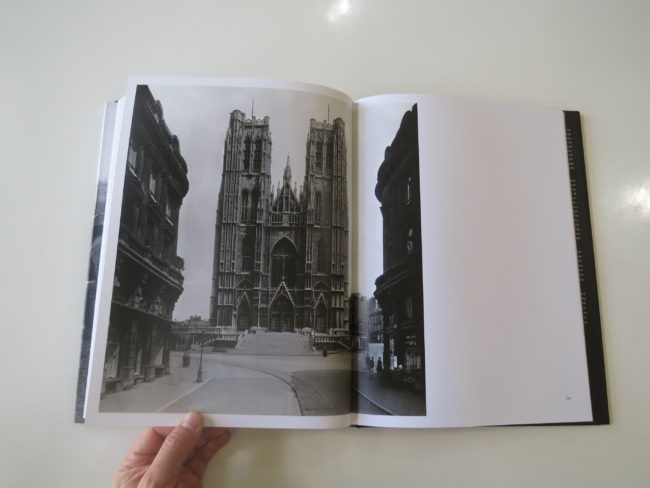

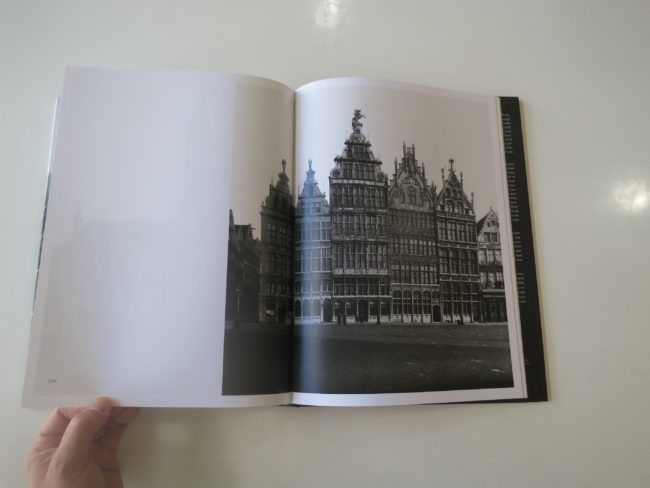
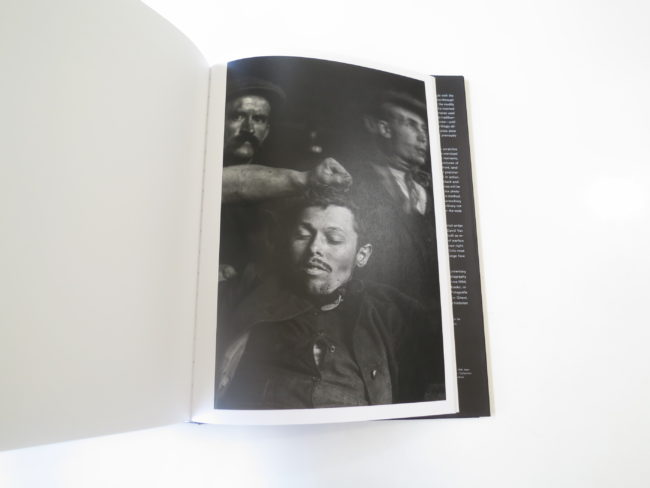

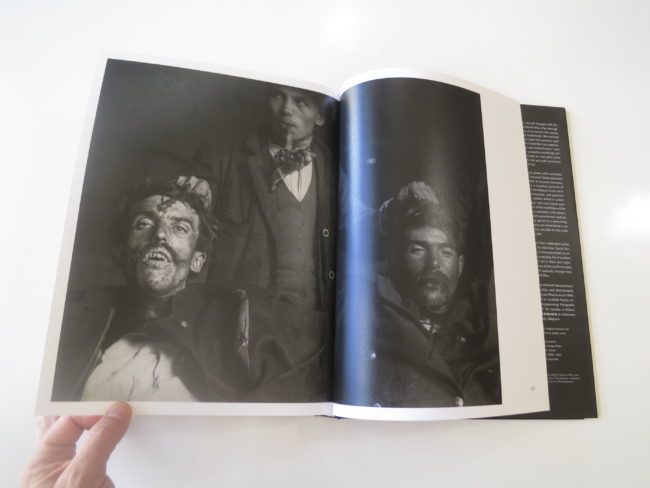

2 Comments
Jonathan, thanks for your conscientious continuing. I am with you on the whole DT thing, but I came to the conclusion a long time ago that all the universe expects of anyone is to do what they feel compelled to do. You are compelled to carry the light of Enlightenment thinking forward through your photo book reviews and in many other ways, I am sure. I look forward to your reviews always. Keep it up. The light needs tending for the time it will again be in the ascendancy.
Something changed on your website again that makes the images no longer able to be clicked on and seen larger. Would love to see these bigger. Thanks.
Comments are closed for this article!